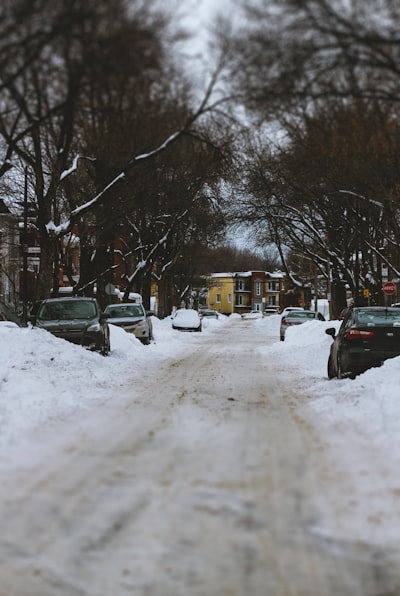
Hail is not something that most of us think about during the winter. We are more concerned with snow, freezing rain and other winter weather, and rightfully so. However, hail can happen at any time of year, depending on the conditions outside. If it does, then it could lead to a lot of costly damage to your car. Even though hailstorms are often brief, they are very unpredictable. They could create hail that ranges in size from small pellets to baseballs.
If your car sustains hail damage, then you will naturally want to have it repaired. However, these repairs can be expensive, particularly if you do not have car insurance available to cover them. That’s why it’s a good idea to invest in an auto policy that will supply the benefits that pay for such damage.
Auto insurers understand how challenging hail damage can be for vehicle owners. Therefore, the vast majority make ample coverage available for such losses. So, if you are a driver who is interested in making sure you have coverage to protect your wallet and your car against hail damage, then keep reading.
How can hail damage my car?
Hail is solid ice. As it falls to the ground, it can reach extremely high speeds and essentially become a projectile by the time it hits your car.
Some hail damage will be minor, if even noticeable at all. There might be a few small dents in the body of the car, but you might easily be able to ignore them or even punch them out yourself.
However, the longer, bigger or more severe the hailstorm, the worse the damage to your car might be. Large hail could shatter your windshields and damage the interior, cause significant body damage and even shred your tires. Plus, hail itself doesn’t even have to hit your car to damage it. If the hail brings down a limb or tree onto the vehicle, then the damage might be just as bad.
At minimum, you will likely have to have your car repaired following hail damage. However, in severe cases, the vehicle will be beyond repair. In either case, this could cause you a lot of headaches and cost you a lot of money. Still, if you have the right coverage within your car insurance, then you will have a much easier way to move past this issue.
What insurance do I need to insure myself against hail damage?
Car insurers offer two types of coverage for vehicle damage: collision coverage and comprehensive coverage. As its name suggests, collision insurance pays for damage your car sustains in wrecks. Comprehensive coverage, on the other hand, covers the vehicle against damage sustained in hazards other than wrecks.
Most comprehensive insurance benefits will cover hail damage, in addition to damage from other severe weather, fires, falling objects, theft and vandalism. Therefore, this is the place to start when looking to see if you have hail coverage. Many lenders will require you to carry this coverage if you finance your car when you buy it.
How does comprehensive insurance work?
Comprehensive insurance is not all-encompassing, despite what its name might suggest. It will still include terms and limitations that could influence both your qualifications for hail coverage and how much money you will receive in compensation.
Your plan will outline these terms, so it’s best to start by checking your individual policy for more specific information about comprehensive benefits. Common things to remember are:
- Damage deductibles will apply to most claims. For example, you might have a $500 damage deductible, so if your vehicle sustains $1,500 in hail damage, then your insurer is only compelled to pay you $1,000. The remaining $500 is your responsibility to pay, as your deductible shows.
- If damage costs are less than the value of your deductible, then your plan won’t pay at all.
- If the hail damage totals your car, then your plan might only pay you based on the car’s actual cash value. Cash value is the car’s value at the time of the damage, not the value of a new car. Therefore, if you want more compensation for a totaled car, then you should ask if you can increase your benefits to replacement cost coverage, which better reflects a new car’s value.
- Specialty features that you installed on your car after you bought it, such as unique rims or chrome, will not have coverage without a custom parts endorsement on your plan.
- Some policies separate windshield coverage from overall body damage coverage. While both might still cover hail damage, different terms will apply to each.
Comprehensive auto insurance is not automatically included on most basic auto insurance policies. Therefore, you will likely have to ask your agent to include it as a part of your quote. The benefits of this coverage can far outweigh the small premium increase that you might experience by adding it to your plan. Plus, with the help of our agents, you can make sure that all your policy updates are budget-friendly and closely fit your coverage needs.